So you’ve always been curious about lion behavior, huh? Well, you’re in luck because our experts are here to share their knowledge and satisfy your thirst for insight into the lives of these majestic creatures. From their hunting techniques to their social dynamics, we’ve got all the answers you need. Strap in and get ready to embark on a fascinating journey into the wild world of lions.
Lion Behavior
Lions are majestic creatures that captivate the imagination of people all over the world. Their impressive manes, powerful roars, and majestic presence make them one of the most iconic animals in the animal kingdom. In this article, we will explore various aspects of lion behavior, including hunting strategies, social structure, reproduction, territory, communication, sleeping patterns, grooming, play behavior, migration, and human interaction.
Hunting
Hunting is an essential part of a lion’s behavior. Lions are skilled predators that rely on their hunting abilities to survive in the wild. They are primarily carnivorous and hunt in groups known as prides. Hunting strategies, techniques, and roles within the pride all play crucial roles in their hunting success.
Hunting Strategies
Lions employ different strategies depending on their prey and the terrain they inhabit. The two primary hunting strategies are stealthy ambush and cooperative hunting. In stealthy ambush, lions carefully stalk their prey, using their camouflaged fur and crouching low to the ground to avoid being detected. On the other hand, cooperative hunting involves coordinated efforts by a group of lions to encircle and overpower their prey.
Hunting Techniques
Once lions have chosen their hunting strategy, they employ various techniques to catch their prey. They often use their incredible speed and agility to chase down fast-moving animals, such as antelope or gazelles. Lions also utilize their powerful jaws and sharp claws to bring down their prey quickly and efficiently.
Hunting Roles
Within a pride, different individuals have specific roles during the hunting process. Lionesses, as the primary hunters, take on the responsibility of chasing and bringing down the prey. The male lions, with their intimidating presence and strength, help in intimidating and herding the prey towards the lionesses. This division of labor ensures that the pride increases their chances of a successful hunt.
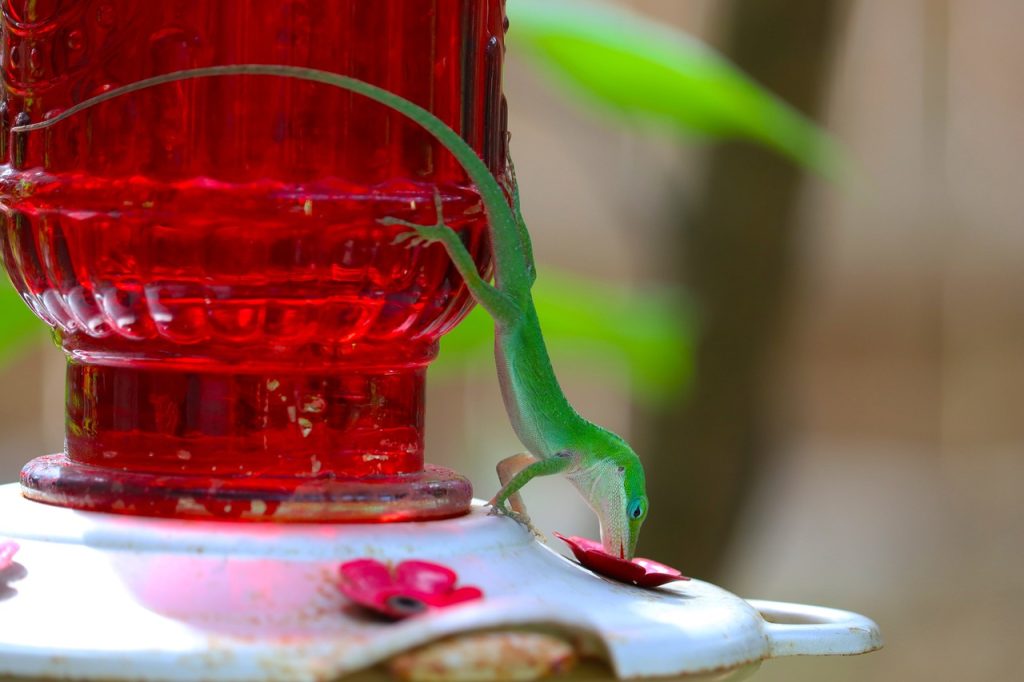
Social Structure
Lions are highly social animals, living together in groups known as prides. Understanding their social structure is key to unraveling the complexities of lion behavior.
Pride
A pride typically consists of related lionesses, their cubs, and a coalition of male lions. The size of a pride can vary, ranging from a few individuals to up to thirty lions in some cases. The lionesses form the core of the pride and are responsible for hunting and rearing the cubs.
Pride Hierarchy
Within a pride, a hierarchy exists that determines the social order. The dominant male lion, often referred to as the “king of the jungle,” is at the top of the hierarchy. He has authority over the lionesses and other male lions in the pride. The lionesses follow a linear hierarchy based on age and strength, with the eldest lioness usually holding a higher position.
Pride Dynamics
Pride dynamics are intricate and ever-changing. Young males eventually leave their natal pride and form male coalitions. These coalitions consist of brothers or unrelated males who work together to defend their territory and challenge other prides for dominance. As the male lions grow older and stronger, they may challenge the dominant males of other prides, aiming to take over their territory and establish their dominance.
Reproduction
Lions go through distinct reproductive processes involving mating rituals, pregnancy, and the birth and rearing of lion cubs.
Mating Rituals
During the mating season, male lions engage in mating rituals that include roaring to attract females and marking their territory with urine and scent glands. Once a male attracts a receptive female, they engage in mating, which can last for several days and occur multiple times.
Pregnancy and Gestation
The gestation period for lionesses is approximately 110 days. During pregnancy, lionesses usually keep a low profile, finding a secluded spot away from the pride to give birth. After giving birth, the mother and cubs rejoin the pride when the cubs are strong enough.
Lion Cubs
Lion cubs are incredibly adorable and vulnerable. They are born blind and reliant on their mother for survival. Lionesses in the pride play a vital role in caring for and protecting the cubs, ensuring their survival. Cubs learn essential skills, such as hunting and social behavior, from their mother and other members of the pride.
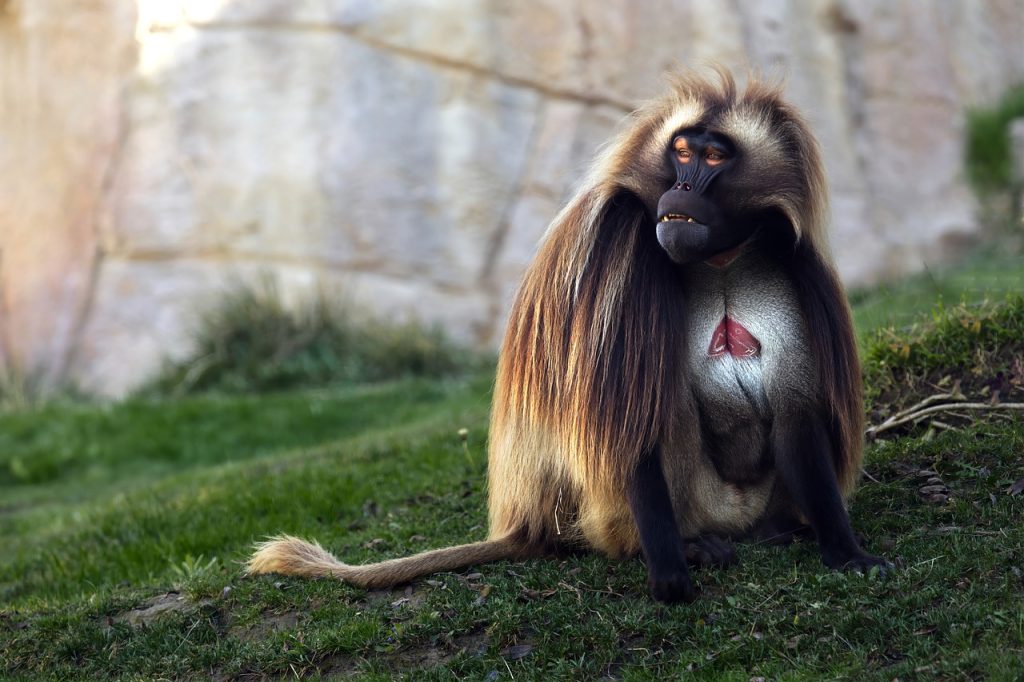
Territory
Territory is of paramount importance in lion behavior. Like many other animals, lions mark and defend their territory to ensure resources, such as food and water, are readily available.
Territorial Markings
To mark their territory, lions use various methods. They leave scent marks by rubbing scent glands on trees and rocks, as well as through urination. These marks serve as a warning to other lions and animals in the area that the territory is occupied.
Territory Defense
Lions defend their territories aggressively, especially against other prides or male lions attempting to encroach upon their territory. This defense can involve fierce battles, with roaring, charging, and sometimes even lethal confrontations between rival lions.
Territorial Expansion
Territorial expansion is an essential part of lion behavior. Young male lions often seek to establish their own territory by challenging established dominant males. If successful, they can expand their territory and increase their chances of breeding with lionesses.
Communication
Lions communicate through a variety of methods, including roaring, vocalization, and body language. These communication tools are vital for maintaining social cohesion within the pride and signaling threats or warnings to other lions and animals.
Roaring
The roar of a lion is one of the most recognizable sounds in the animal kingdom. Roaring serves multiple purposes, including marking territories, attracting mates, and signaling strength and dominance to potential challengers.
Vocalization
In addition to roaring, lions use vocalizations such as growls, snarls, and grunts to communicate various messages. These vocalizations can convey aggression, submission, or playfulness, depending on the context.
Body Language
Lions also rely on body language to communicate. Tail movements, facial expressions, and posture all play a role in conveying messages. For example, a lioness flicking her tail is a sign of frustration or agitation, while a relaxed posture indicates contentment.
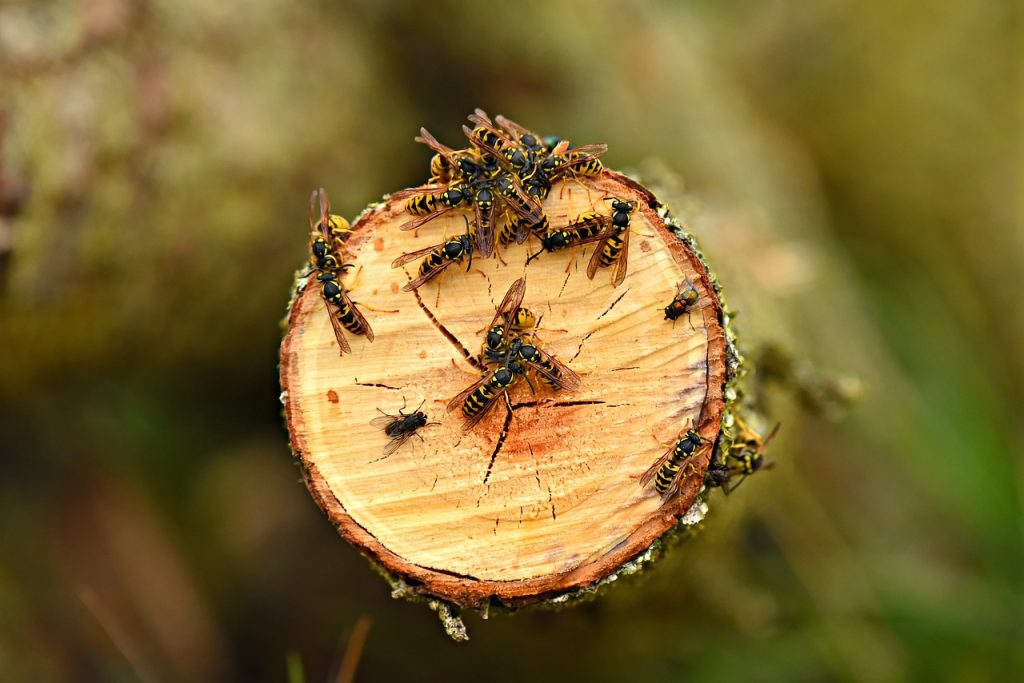
Sleeping Patterns
Lions have distinct sleeping patterns, spending a significant portion of their lives resting or sleeping.
Daytime Resting
Lions are primarily nocturnal animals, and during the day, they find shady spots or dense vegetation to rest and conserve energy for their night-time hunting activities. These resting periods also provide them protection from the scorching sun.
Sleeping Habits
Lions spend an average of 16 to 20 hours a day resting or sleeping. They often sleep in groups, known as “lion piles,” with individuals lying close to one another. This social sleeping behavior helps to strengthen social bonds within the pride and provides safety in numbers.
Grooming
Grooming is an essential behavior among lions, serving both social and physical purposes.
Social Grooming
Lions engage in social grooming as a way of bonding with each other. They use their tongues to clean the fur of their pride members, removing dirt, parasites, and excess hair. Grooming also helps to strengthen social bonds within the pride.
Self-Grooming
Self-grooming is also crucial for lions. They use their tongues and paws to remove dirt, maintain their fur’s cleanliness, and distribute natural oils, which keeps their coat healthy and waterproof.
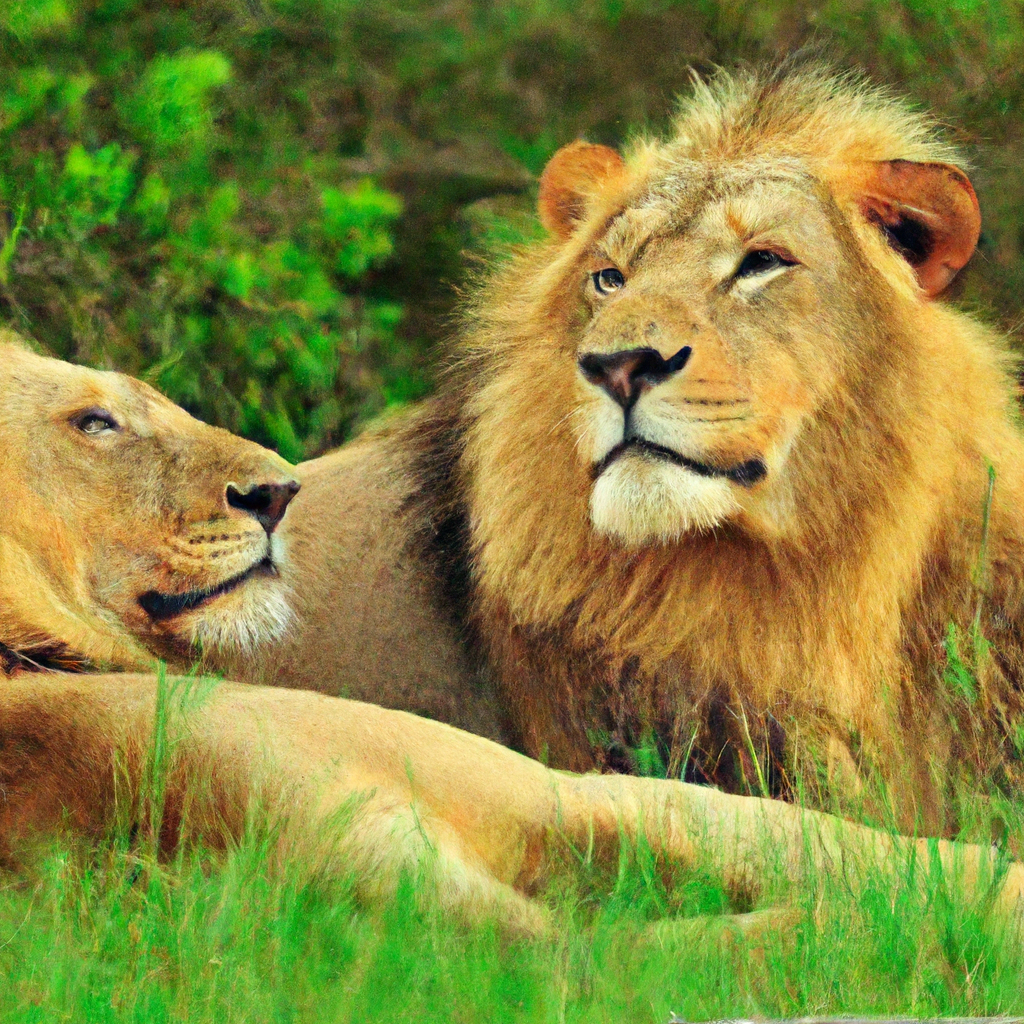
Play Behavior
Play behavior is not exclusive to humans, and lions also engage in play throughout their lives.
Play in Cubs
Lion cubs engage in playful behaviors as part of their development. Play helps them develop vital skills, such as hunting techniques and social interactions within the pride. They playfully pounce on each other, chase their tails, and engage in mock battles.
Play in Adult Lions
Even adult lions indulge in play behavior. Sometimes, they can be seen playfully wrestling with each other, nudging and chasing one another. Playfulness helps maintain social bonds within the pride and allows lions to release pent-up energy.
Purpose of Play
Play behavior serves multiple purposes for lions. It helps them develop essential physical and social skills, provides mental stimulation, and helps relieve stress. Play also strengthens social bonds within the pride, promoting cooperation and unity.
Migration
While lions are not known for long-distance migrations like some other animal species, they may move within a particular region in search of food, water, or suitable breeding grounds.
Migration patterns can vary depending on factors such as prey availability, competition with other prides, and environmental conditions. Lions may migrate as a group or individually, often following the movements of their prey.
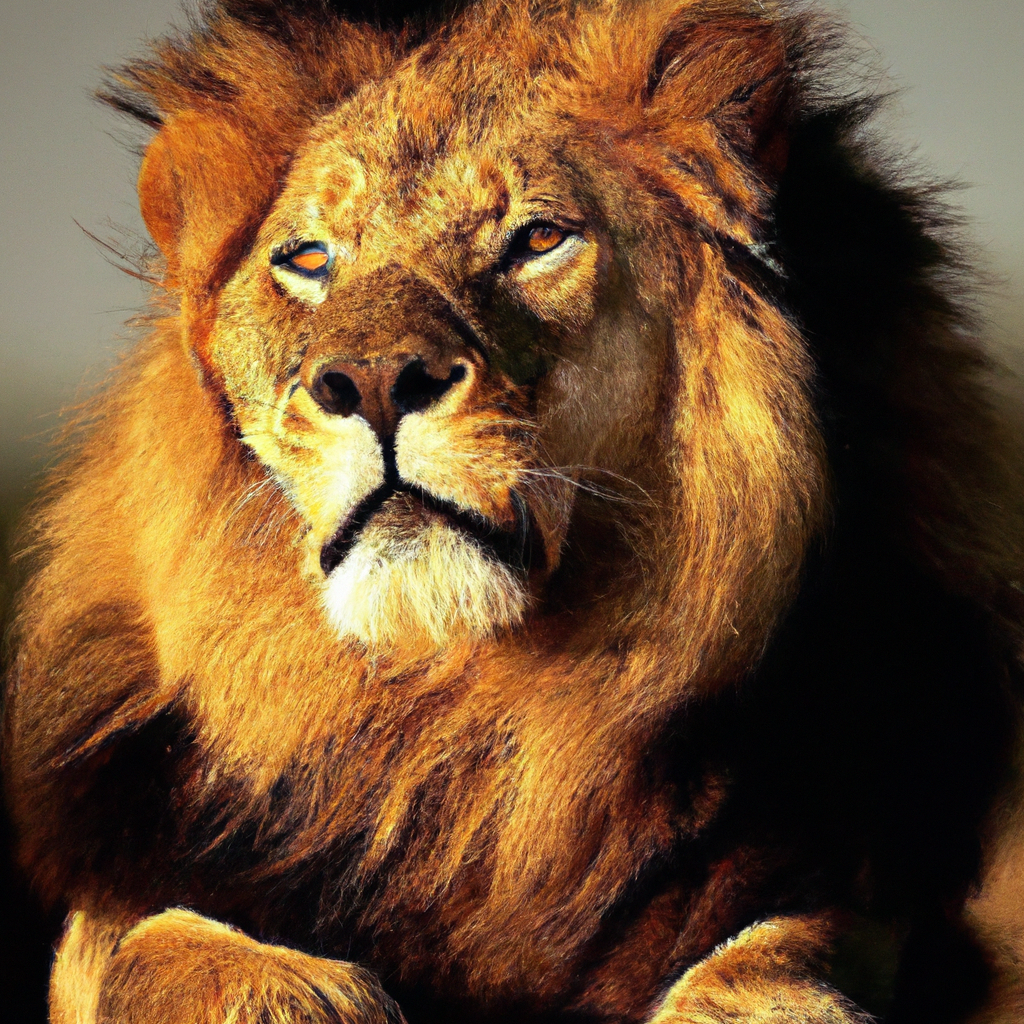
Human Interaction
Human interaction has had a significant impact on lion behavior and populations. Understanding the complexities of this interaction is essential for lion conservation efforts and mitigating human-wildlife conflict.
Conservation Efforts
Conservation organizations and researchers have been working tirelessly to protect lion populations and their habitats. Efforts such as anti-poaching measures, habitat preservation, and community-based conservation initiatives aim to safeguard lions and ensure their long-term survival.
Human-Wildlife Conflict
As human populations expand, conflicts between humans and lions can arise. Livestock depredation by lions can cause significant economic losses for local communities, leading to retaliatory killings. Implementing measures such as livestock enclosures and predator-proof fencing helps mitigate such conflicts and promote coexistence.
Tourism and Lion Behavior
Tourism plays a vital role in raising awareness about lion conservation and generating funds for conservation initiatives. However, careful management of tourism activities is necessary to minimize disturbances to lion behavior, ensuring the welfare and preservation of these magnificent creatures.
In conclusion, exploring lion behavior provides valuable insights into their natural history and helps us appreciate the intricate complexities of their lives. From hunting strategies to social dynamics, reproduction to communication, lions showcase a wide array of behaviors that contribute to their survival as a species. By understanding and protecting their behavior, we can ensure that future generations can continue to admire these magnificent creatures in their natural habitats.

